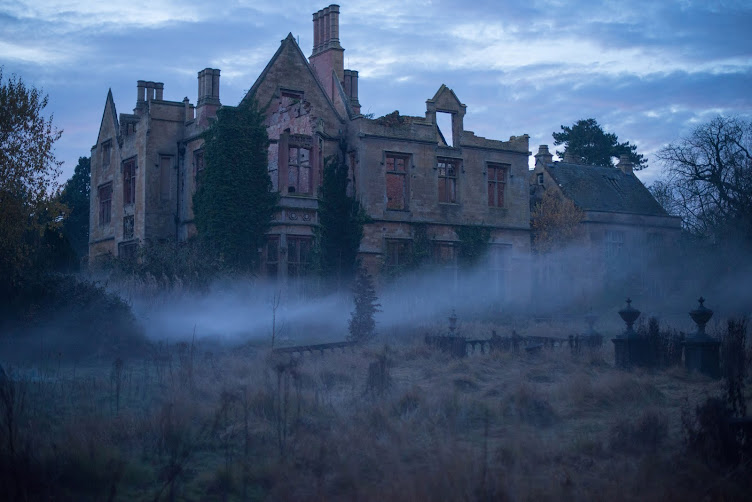If there ever was a month to celebrate the Celtic culture, it's March with St. Patrick's Day and all things Irish. In my research I found it fascinating that the Celtic culture that spans back several thousands of years is responsible for many inventions and innovations that we rely on and many times take for granted today.
The Celts originated in the far Eastern portions of Europe and are believed to have emerged from the Alps and slowly migrated south and westwards over a thousand years until they were finally settled in Western Europe in Ireland, Wales, Scotland and England.
They migrated across Europe, a pastoral, farming culture that worshiped a Mother Goddess and a Father God, a culture that revered women as well as men. As they migrated they developed many inventions. Many of these inventions made additional, later innovations possible and are still in use today.
Some of the inventions credited to the Celts are:
The invention of soap, which was also, in some fashion, invented in Arabia and China around the same time. But the Celts are credited with cleaning up Europe during the thousand year span before the year 1. They are also credited with inventing Irish linen and Scottish plaids. The Celts were known for their incredibly intricate patterns on cloth and jewelry.
They also invented entertainment in the form of Irish jigs and Scottish reels and the musical accompaniment with the creation of the fiddle, the bagpipe and the Celtic harp. Around the home and farm their innovations came in the forms of glass bottles, the handsaw, the rotary reaper, the rotary mill, iron scissors and saws. They are credited with inventing the wooden milk churn which gives us yummy butter, the quill pen, the hour glass, the screw weight, and both the weight driven clock and spring driven clock. A tasty invention was the creation of peanut brittle. The Celtic farmer pioneered the usage of fertilizer, crop rotation and thatched roofing which goes back to the the Bronze Age in Great Britain.
Neck Torc of a Celtic Chieftain
The Celtic people were creative and artistic and responsible for developing the first recognized and genuine art style in central Europe. They are given invention credit for metal art work in the form of brooches, wrist cuffs, metal neck and upper arm torcs and cloak pins as well as advancing the potters trade by creating the potters wheel and kick wheel for making clay figures. The invented what is today still referred to as Celtic knot-work, an intricate design style that seems to have no beginning nor end, and many times includes zoomorphic animal shapes within the design.
The Celts developed the ability to use charcoal to heat metals at higher temperatures and thus innovated travel and warfare by improving upon the wheel shaft by adding iron and spokes. They are considered the first people to domesticate and ride horses. They furthered their domestication of horses with the use of metal by creating the metal bit used on the horses bridle, giving the rider greater control of the horse, as well as creating the harness used for draft horses. The Celts were also the first to put shoes on their horses.
Additional innovations to warfare include the development of the longbow, the steel cross bow and chain mail armor. The blast furnace was created originally in Catalonia in Spain and was re-invented in England in 1350 and most certainly was used by the Celts in their advancement in metallurgy.
Other cultural developments attributed to the Celtic people is the creation of a money system using gold coins, they developed trading centers and the Celtic Knight brought forth the Age of Chivalry and etiquette, and thus kept the woman in high esteem. Perhaps a way to keep the feminine divine alive in their culture.
A culture that without, we would indeed be living a much less comfortable and oh so dull existence.
Peace and Happiness
© 2010 Enchantments, LLC Portions of this blog posting may include materials from my book “Enchantments School for the Magickal Arts First Year Magickal Studies.” For more information, see www.enchantmentsschool.com or go to the title of tonight's discussion and click, it will link you to my school's website.
If you know someone who would like my work, please send them this link. If you or they would like to be included on our daily email distribution list send me an e mail with your email address to be included. If you ever wish to unsubscribe to this blog, please contact me and you will be immediately removed from our list.





